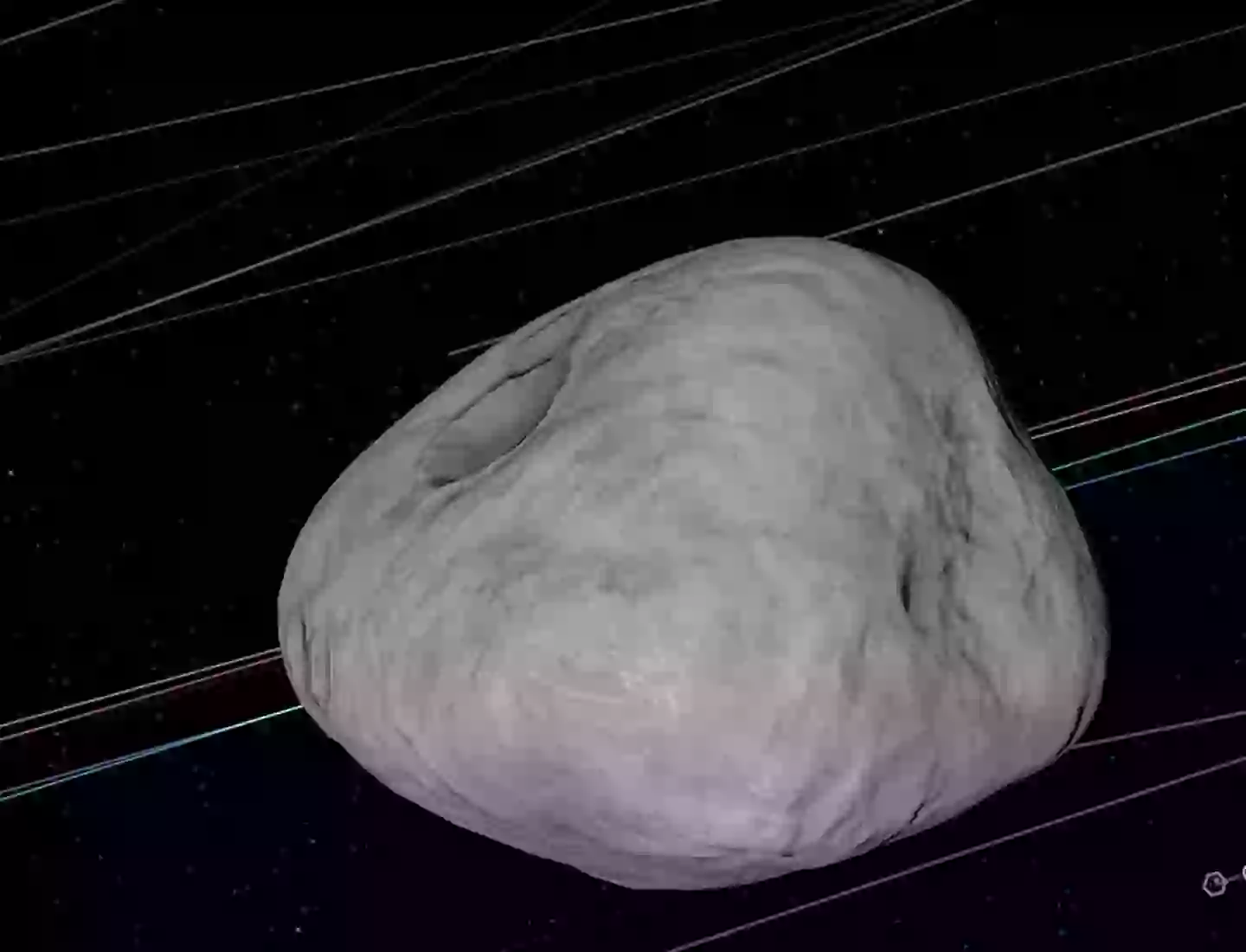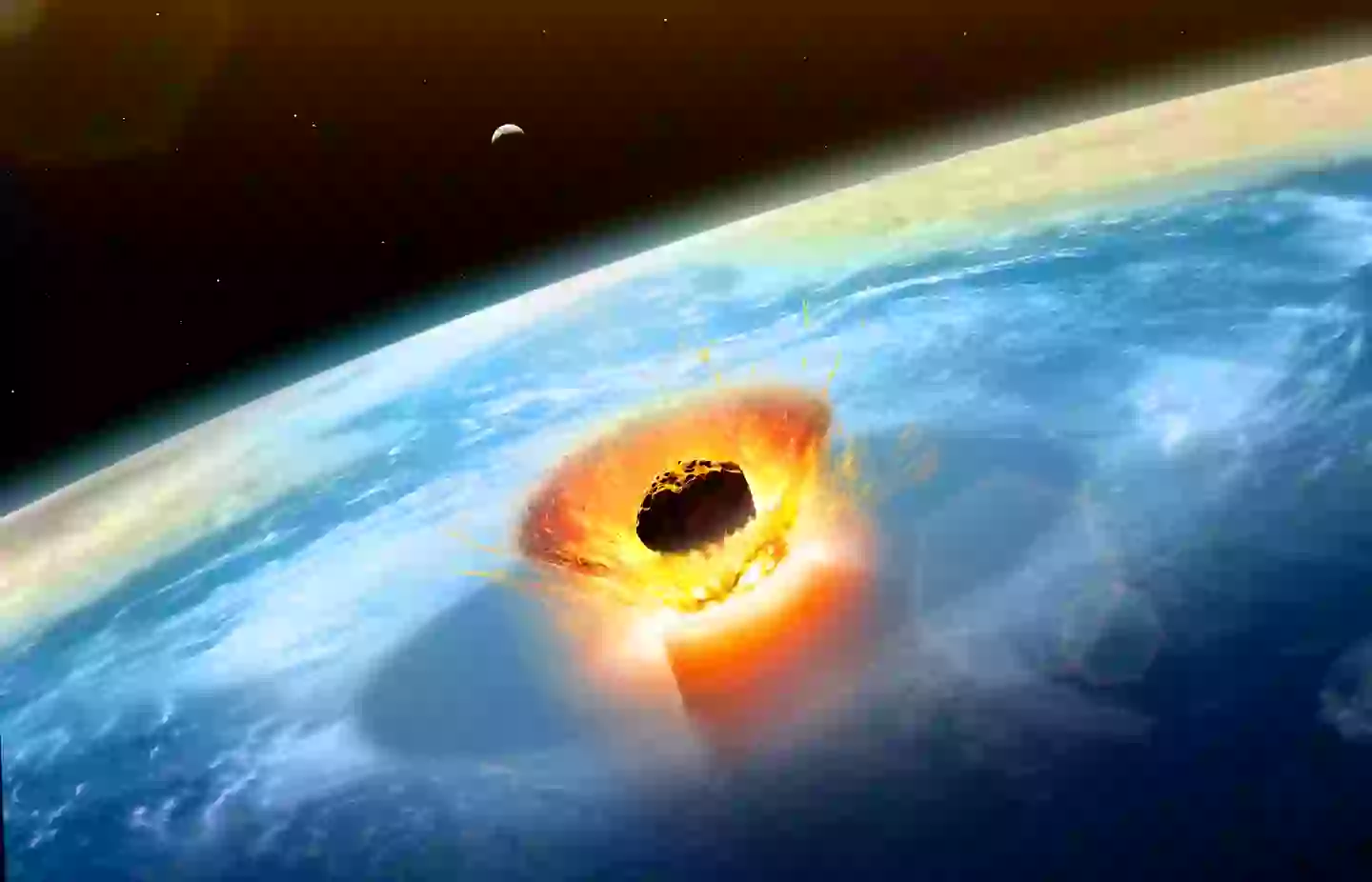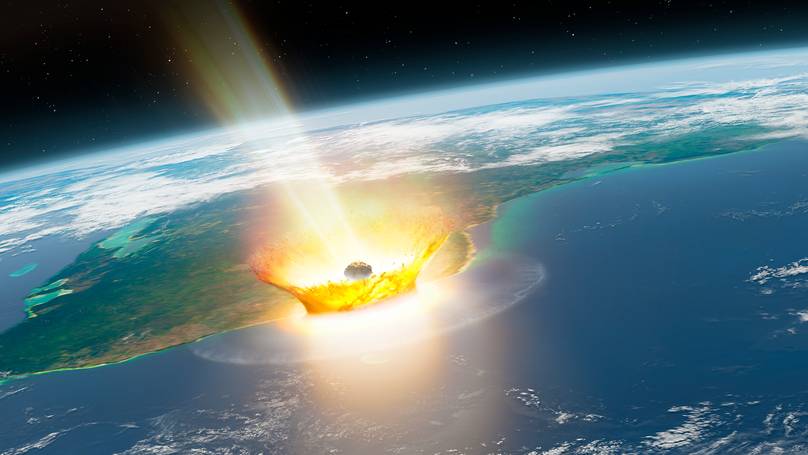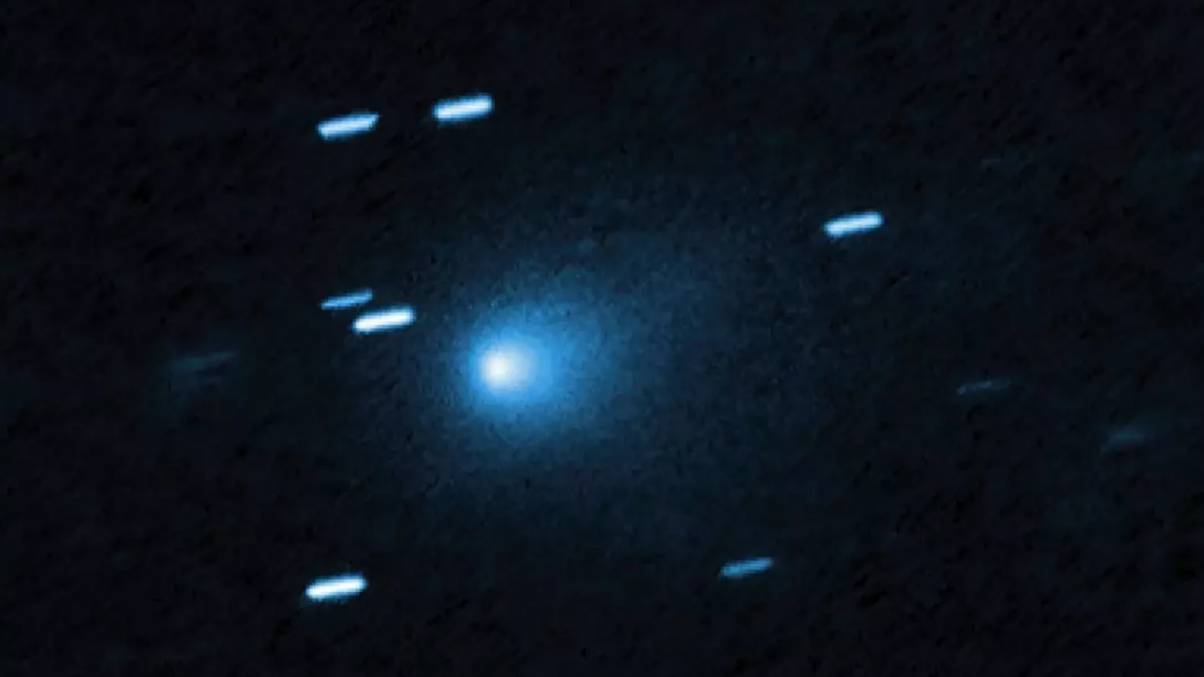“Is an Earth-Crossing Asteroid on a Collision Course? NASA’s Alarming Update Raises Stakes!”
The cosmic stage is heating up, folks, and it isn’t just because of the latest blockbuster movies! Meet asteroid 2024 YR4, our less-than-friendly celestial visitor that seems to be eyeing Earth with growing interest. Just when you thought the odds were looking pretty solid—like a 1.2% chance of smashing into our planet—NASA ups the ante, increasing the chances of a collision! Discovered at the close of last year, this rogue rock is currently zooming away from us but is expected to swing back around and possibly crash our cosmic party in seven short years. As anxiety mounts, with probabilities now peaking at 3.1%, it begs the question: are we destined to share a rather explosive introduction with our rocky friend? Hang tight, though—the good news is we still have a 96.9% chance of dodging this interstellar bullet! Ready to dive deeper into the asteroid drama? Click here to LEARN MORE.
It’s not looking too good for asteroid 2024 YR4 as NASA as upgraded the space rock’s chances of hitting Earth for the second time.
Discovered at the tail end of last year, the rogue space rock is currently hurtling away from our planet, but is currently expected to swing back around and find itself on a collision course with Earth in the next seven years.
2024 YR4 was initially given a 1.2 percent probability of colliding with Earth, which was later upgraded to 2.3 percent just weeks after the initial warning.
And we hate to be the bearer of bad news but those odds have just gone up again.
That’s right folks, asteroid 2024 YR4 now has a 3.1 percent chance of hitting Earth, which is roughly a 1-in-32 chance.
Which is sort of a good news, bad news situation I guess? Depending on whether or not you’re a ‘glass half full’ or ‘glass half empty’ person.
The good news is that 2024 YR4 still has a 96.9 percent chance of not hitting Earth, which are still pretty good odds.
However the pessimists amongst us will be quick to point out that this upgrade is the second since reports began circulating about the asteroid in December 2024 and given that 2032 is still seven years away, an upgrade every couple of weeks would very quickly add up.

The asteroid is predicted to be around 40m to 100m wide (NASA/Eyes On)
There’s also the fact that 2024 YR4 is reportedly now has the highest risk assessment an asteroid has ever received in history, which all sounds pretty scary.
NASA are also taking the potential threat seriously, with astronomers using the James Webb Space Telescope to further study the asteroid and its risk factor.
But don’t panic just yet, as there is still a 96.9 percent chance we’re all going to be fine.
Where could asteroid 2024 YR4 hit?
Scientists are currently predicting that 2024 YR4 could strike an area stretching from northern South America, across the Pacific Ocean, to southern Asia, the Arabian Sea, and Africa.
This would place the following countries at risk: India, Pakistan, Bangladesh, Ethiopia, Sudan, Nigeria, Venezuela, Colombia, and Ecuador.
According to The Independent, around 100 million people are believed to reside in this area, which includes major population centres such as Dhaka, Mumbai and Lagos.

Direct impact remains a highly unlikely scenario (Getty Stock Images)
What are the protocols should an asteroid threaten Earth?
Naturally, NASA has an asteroid policy to deal with intergalactic dangers. The space agency would first issue an official alert the countries at risk and then the rest of the world.
NASA also previously tested what blowing up an asteroid would look like back in 2022, with the $324 million Double Asteroid Redirection Test (DART), an experiment which calculated how much momentum would be needed to deflect an asteroid when hitting it head on.
China is also reportedly setting up a ‘planetary defence team’ to deal with the threat, but hopefully we won’t be needing it.




















